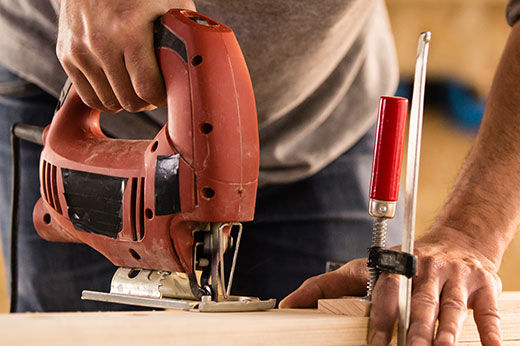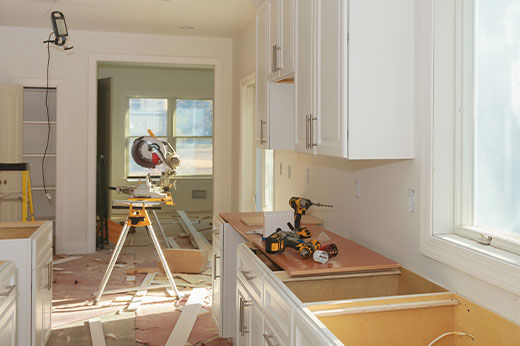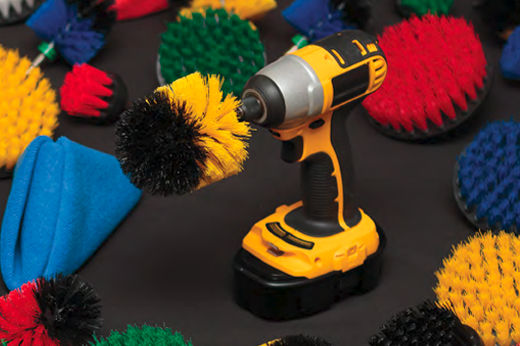The Ultimate Guide to Buying a Circular Saw Blade

Buying a circular saw blade is an investment and the right saw blade is a key part of a successful project. If you’re in the market for a new saw blade look no further. We’ve compiled the ultimate guide for how to buy the right circular saw blade for your work.
The most important and obvious first step toward buying a circular saw is to be certain the blade you choose is right for cutting the material you're cutting, and, that it fits your power saw. Each type of circular saw blade is designed for a specific job so you need to know what you’re going to want to use it for. Whether it’s to cut a specific material or work with specific power saws, you must know exactly what you will need to use your circular saw blade for before you buy one.
To be sure you’re buying the correct circular blade for your saw, you will want to compare the blade diameter and blade type with the capacity of your saw. For example, handheld circular saws typically accept smaller carbide-tipped blades. Tile saws use larger 7–10 inch diamond-tipped blades. Table saws use larger 10–12 inch carbide-tipped blades. And metal-cutting circular saws typically use a 14-inch abrasive blade. You will also want to check the hole in the center of the saw blade (also known as the arbor hole) to be sure it fits the shaft of your saw. Lastly, check the RPM (or rotations per minute) of the blade to be sure that it is compatible with your power saw.
Now that we’ve covered the basics to consider when looking to buy a circular saw, let’s go over the different kinds of circular saw blades.
Standard Circular Saw Blade

Standard circular saw blades are, as the name suggests, a standard circular saw blade. They are typically used to cut wood and wood composites. The number of teeth a blade has will determine the speed, type, and finish of the cut. Blades with fewer teeth cut faster and blades with more teeth cut with a finer finish. The gullets function to remove wood chips easily from the wood piece so they don’t get in your way while working. These saws are a standard circular saw blade that is a staple to own for any DIY woodworker. If you are looking to do a wood-based project then this is probably the saw blade you want to have handy.
Continuous Rim Circular Saw Blade
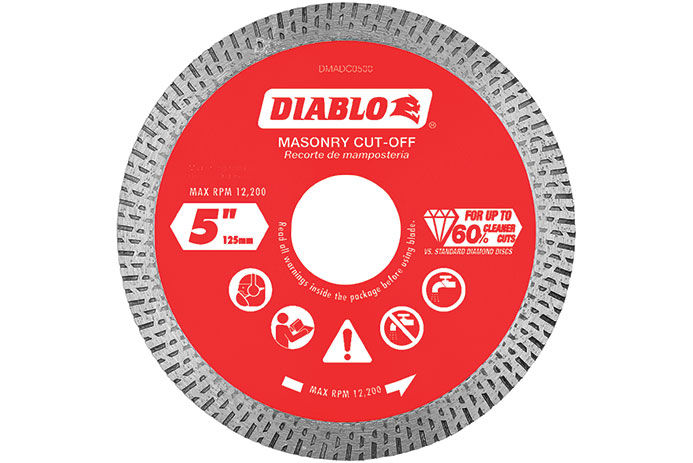
Unlike a woodworking blade, the continuous rim blade has no teeth or gullets. Instead, it has a smooth and consistent edge. These saws are a type of diamond-edged blade that is used for working on tougher materials such as tile and slate. These blades offer a very clean finish cut. Some continuous rim saw blades are designed for wet cutting and others for dry cutting, so you will want to first check the specifications of your power saw and the job you’re doing. This is the circular saw blade you need for any projects that include cutting tiles, slate, or soft stone such as remodeling a kitchen or redoing a roof section.
Turbo Rimmed Circular Saw Blades

This circular saw blade is similar to the continuous rim blade in that it is often diamond-tipped. The difference is that this blade style has a serrated rim rather than a smooth rim. While they don’t offer the same level of clean finish, they do have a more aggressive and stronger cut that makes them useful for cutting stone, brick, and concrete. Similarly, some work for wet cutting and others for dry cutting so you will want to check with your power saw requirements. If you’re doing any stonework around the house then this is a good circular blade to have on hand.
Segmented Circular Blades
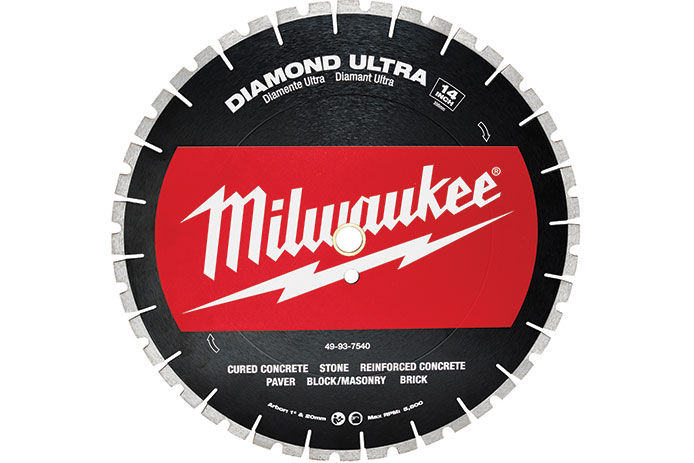
Segmented circular blades also are diamond-edged but have gullets similar to those of a standard blade. This allows it to have a super-strong cut and makes it a good choice for cutting through tough materials such as concrete and brick. While the segmented blade has the most aggressive saw, it also leaves the roughest finish of the three diamond-edged circular saws. Similar to the other two, be sure you get either a wet-cutting or a dry-cutting blade depending on your saw and particular project. This blade is good to use for heavy-duty concrete work.
Abrasive Circular Blades
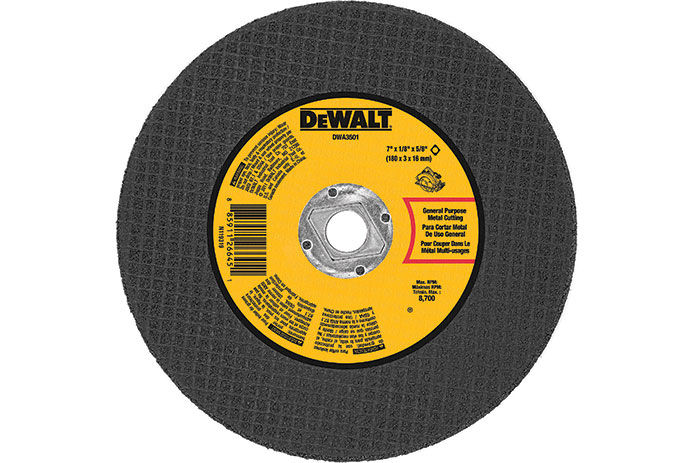
As the name suggests, abrasive blades are tough. While they are not diamond-edged like the others, they are instead made of abrasive material such as aluminum oxide or silicon carbide to offer a strong cut. Typically used to cut through tough material like brick, abrasive blades can also be used in some instances for cutting metal. This is a good blade to have around for any heavy-duty home projects you may be doing.
As with any DIY project that involves saws and blades, safety should always come first. Be sure that you are skilled enough in using your power saw of choice before taking on anything too heavy-duty. As you decide which circular saw is best for you make sure you know exactly what you intend to use it for and your power saw's capabilities.
While do-it-yourself projects can be fun and fulfilling, there is always a potential for personal injury or property damage. We strongly suggest that any project beyond your abilities be left to licensed professionals such as electricians, plumbers, and carpenters. Any action you take upon the information on this website is strictly at your own risk, and we assume no responsibility or liability for the contents of this article.
